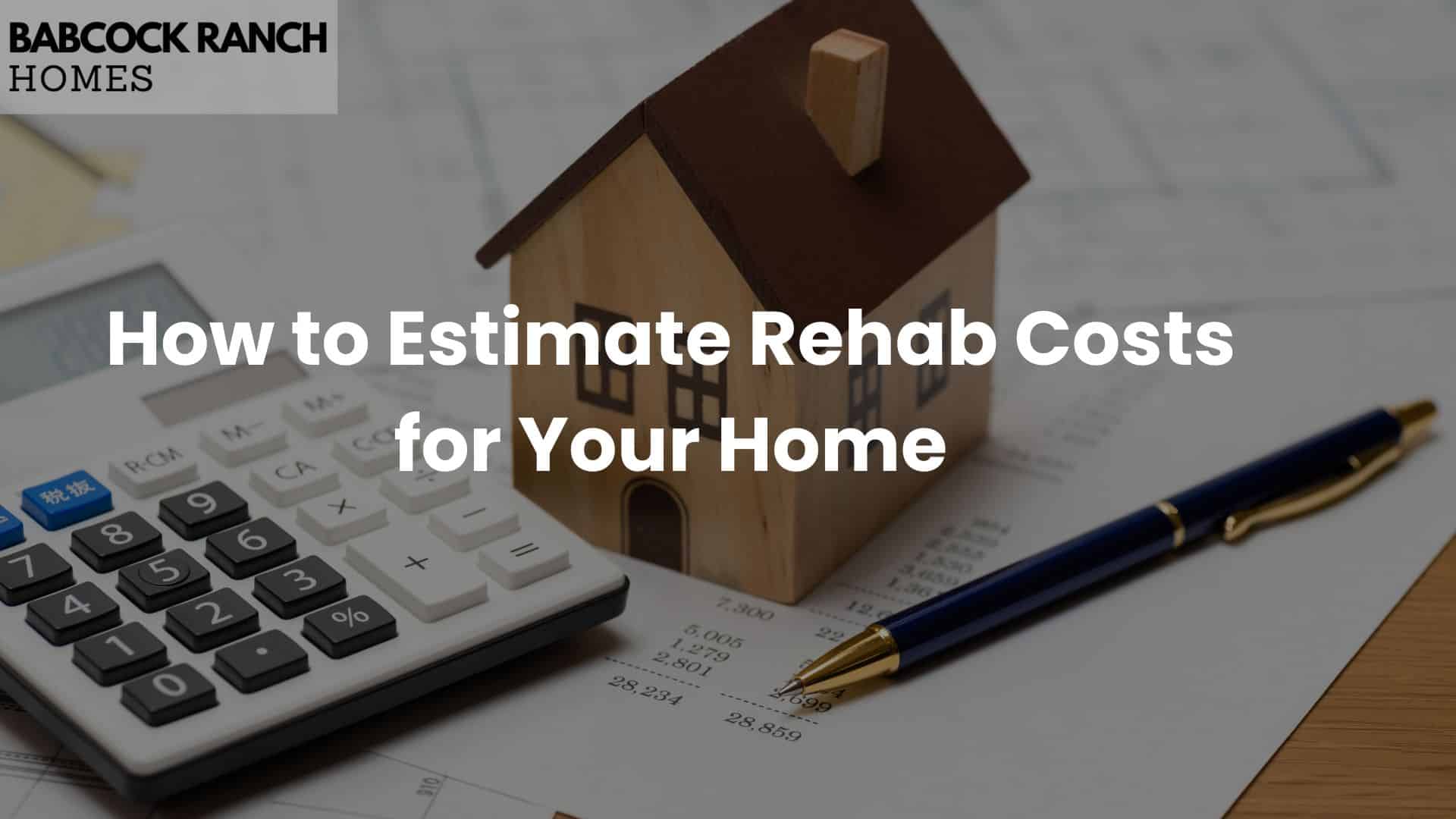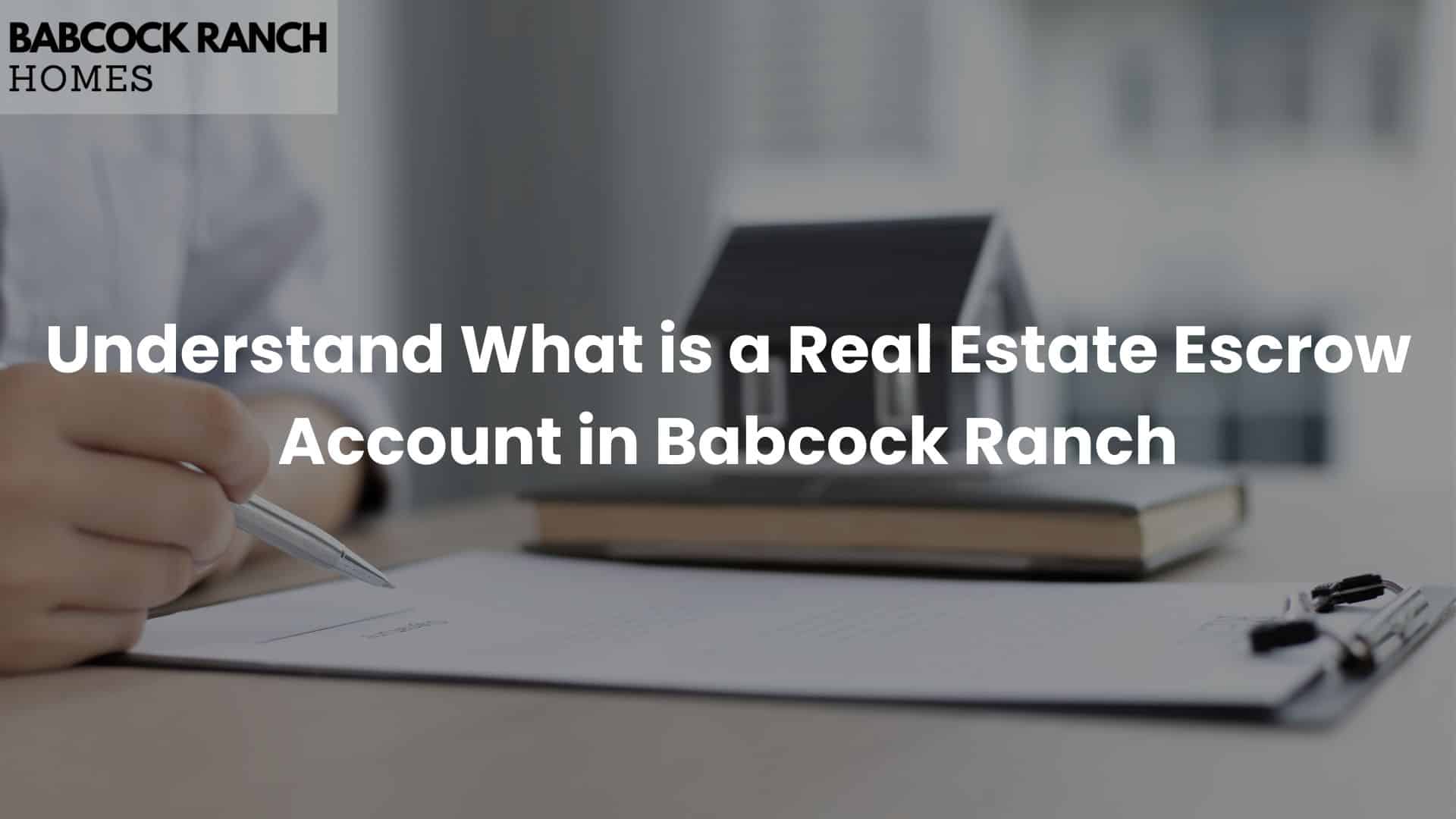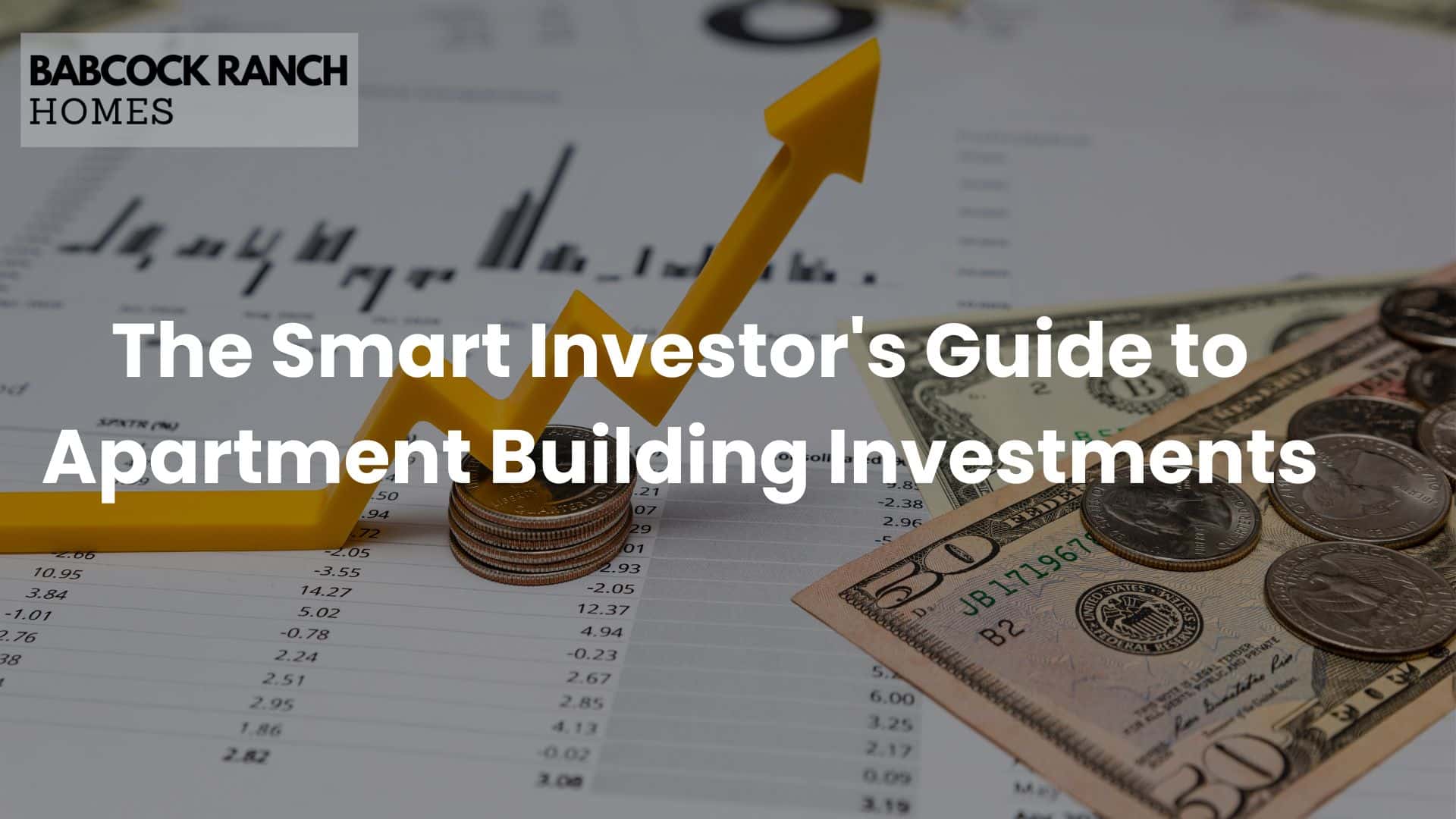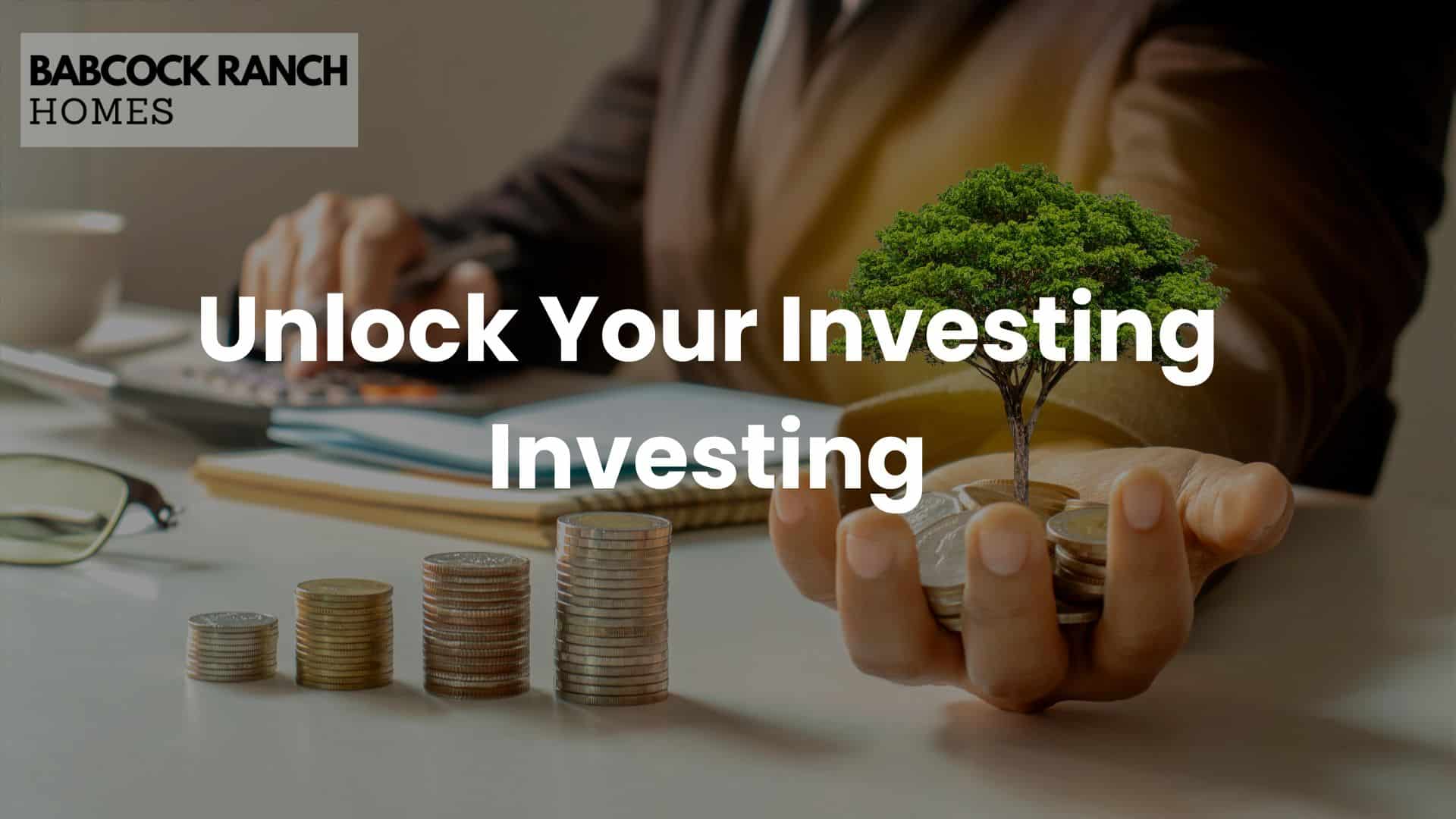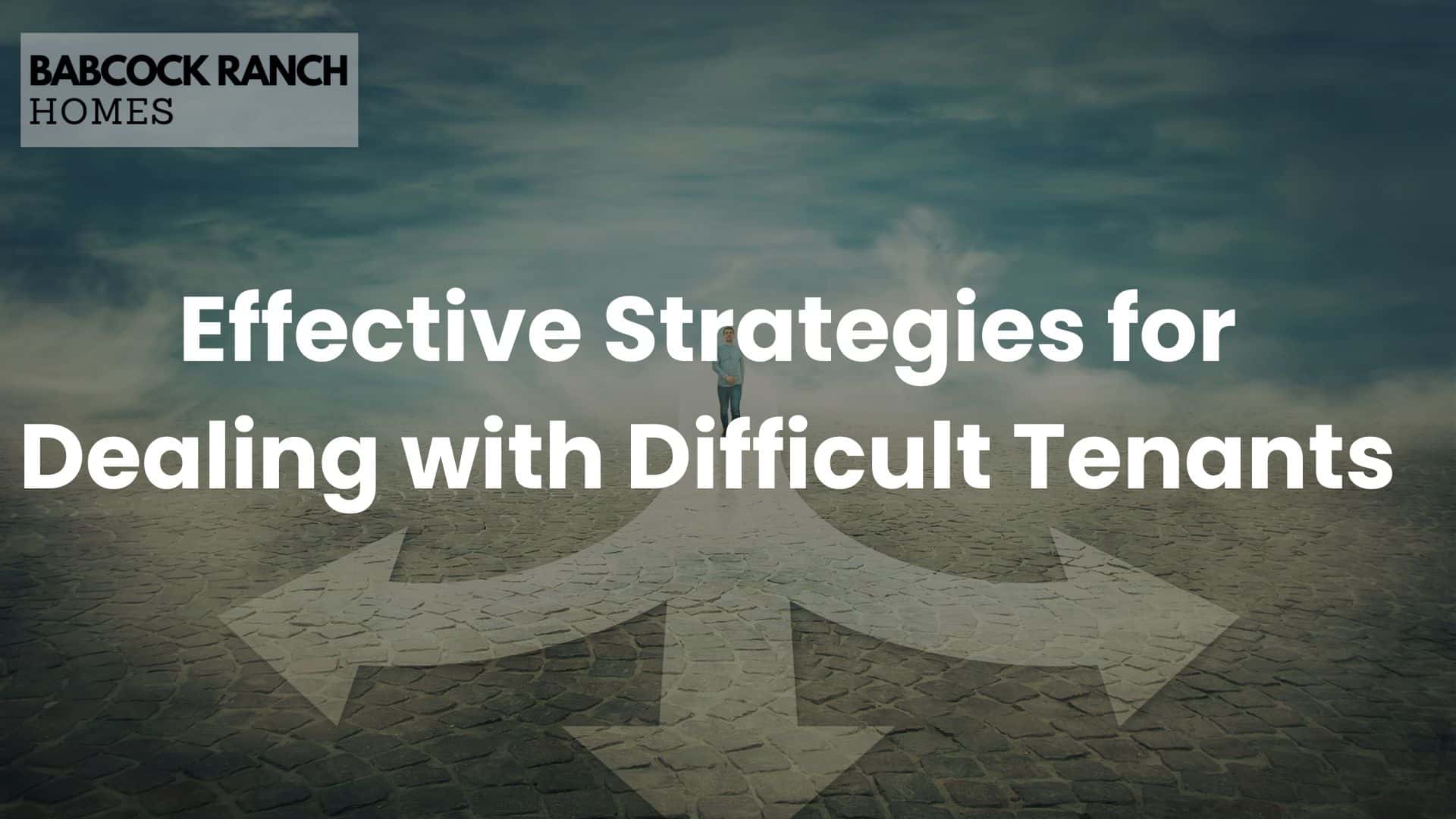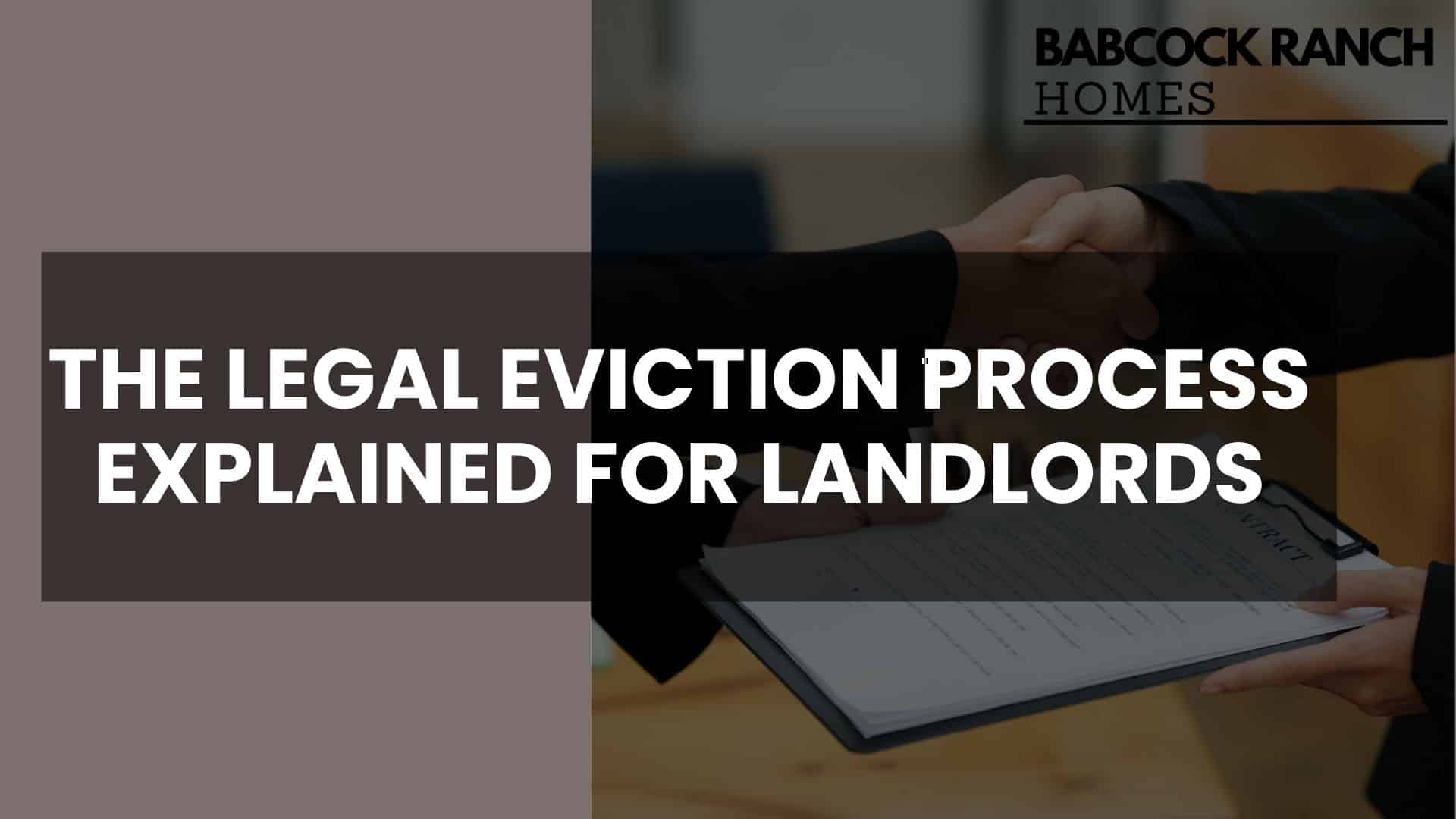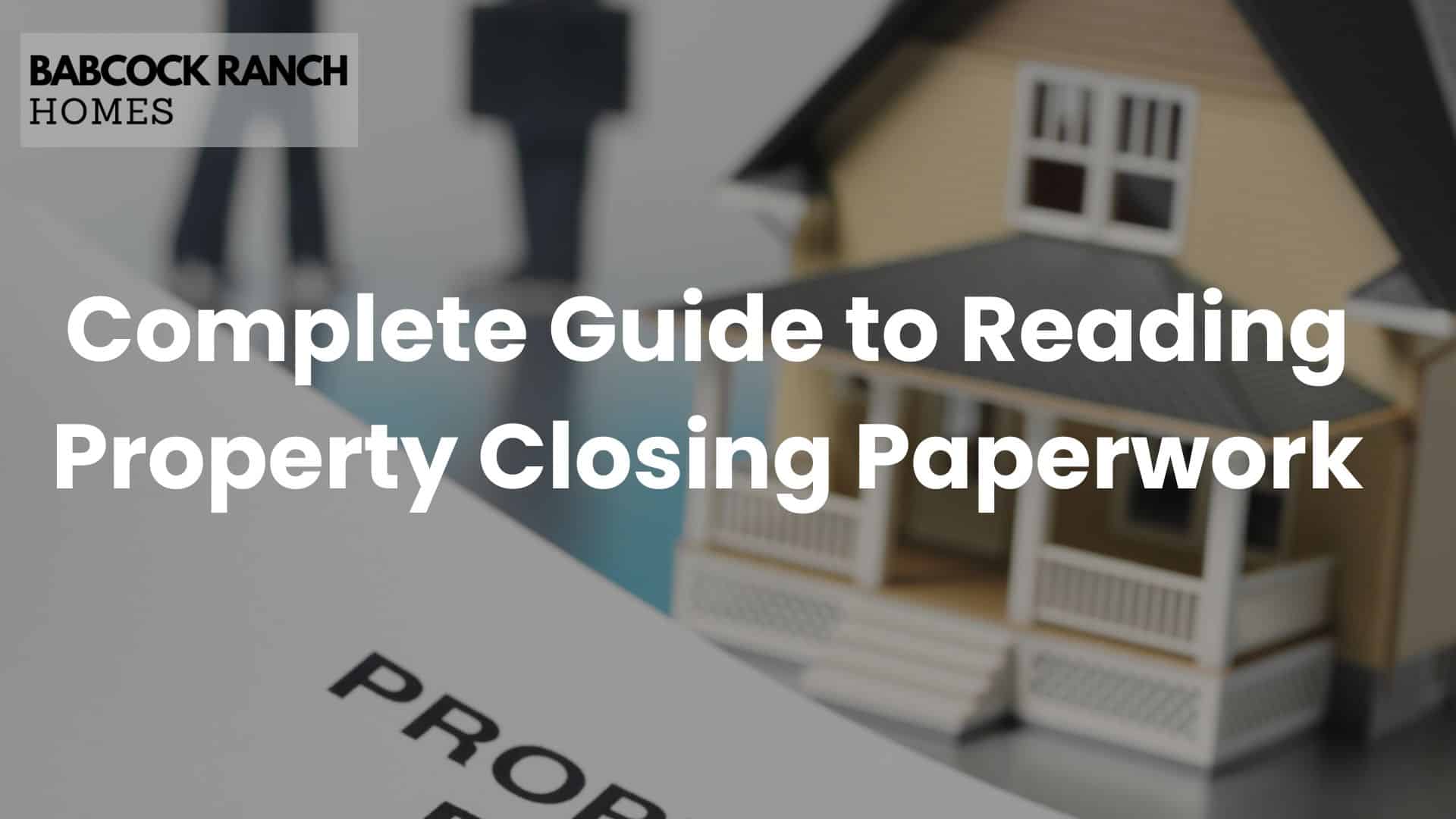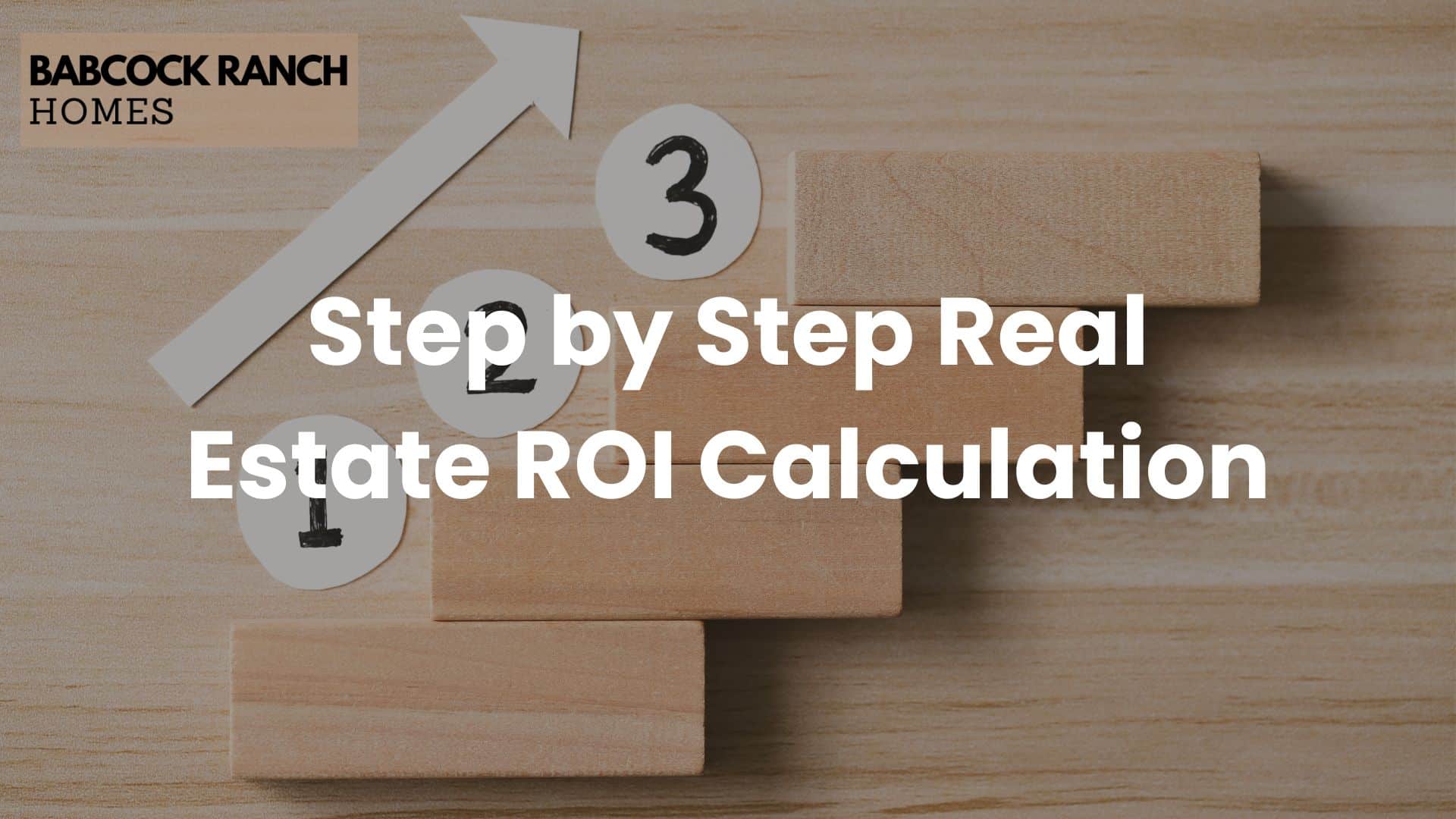Evaluating profitability in property investments requires practical metrics. Cash-on-cash return measures annual cash flow against the total cash invested, offering a clear snapshot of performance. This calculation helps investors gauge whether a rental or commercial asset aligns with their financial goals.
Understanding this metric is critical for comparing opportunities. Unlike long-term appreciation metrics, it focuses on immediate income relative to upfront costs. For example, a property generating $10,000 yearly from a $100,000 investment has a 10% cash-on-cash return.
Babcock Ranch Homes emphasizes using this tool to simplify complex decisions. Their experts highlight how even minor adjustments—like reducing vacancy rates or optimizing rental pricing—can significantly boost returns. This guide breaks down formulas, compares it to ROI and cap rate, and shares actionable strategies.
First-time investors will learn to prioritize properties with sustainable cash flow. The following sections explore industry benchmarks, risk factors, and how local market trends influence outcomes. With structured advice, you’ll gain confidence in building a profitable portfolio.
Key Takeaways
- Cash-on-cash return calculates annual income against initial cash investment.
- It’s ideal for assessing short-term profitability in rental properties.
- Higher percentages indicate better immediate returns.
- Comparisons with ROI and cap rate provide deeper insights.
- Babcock Ranch Homes offers data-driven strategies to optimize results.
Introduction to Cash-on-Cash Return in Real Estate
Navigating real estate investments demands tools that simplify profit analysis. Cash-on-cash return evaluates how effectively your capital generates income by comparing annual cash flow to upfront investments. This pre-tax metric cuts through complex projections, giving investors a tangible snapshot of short-term performance.
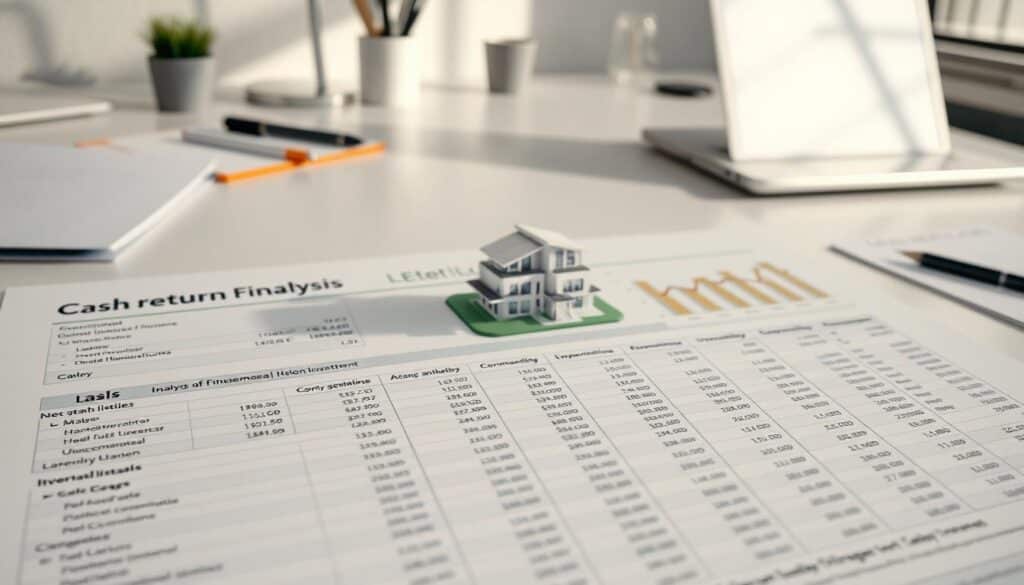
Defining the Metric for Investors
At its core, cash-on-cash return divides yearly cash flow by total cash invested. For instance, a $15,000 annual profit from a $150,000 down payment yields a 10% return. Unlike ROI, this metric excludes financing costs, focusing purely on liquidity.
“Cash-on-cash return acts as a financial compass—it shows whether your money is working hard enough today, not just in a decade.”
Why It Matters in Real Estate Investment
Market fluctuations and operating expenses directly impact returns. A 7% cash return in a stable neighborhood often beats a 12% yield in volatile markets after accounting for vacancies or repairs. Investors use this metric alongside cap rate to assess risk-adjusted opportunities.
| Metric | Focus | Timeframe |
|---|---|---|
| Cash-on-Cash Return | Cash Flow vs. Investment | Annual |
| ROI | Total Profit vs. Total Cost | Long-Term |
| Cap Rate | Property Value vs. Net Income | Current Market |
Babcock Ranch Homes emphasizes balancing debt and equity. Over-leveraging might inflate returns temporarily but increases vulnerability during economic downturns. This foundation prepares investors for advanced strategies discussed later.
Understanding the Cash-on-Cash Return Formula
Successful real estate analysis hinges on mastering core calculations. The cash-on-cash return formula evaluates immediate profitability by comparing two critical components: annual cash flow and total cash invested. Let’s dissect each element with practical examples.
Step 1: Calculating Annual Cash Flow
Annual cash flow represents net income after expenses. Start with gross rental income, then subtract operating costs (property taxes, insurance, maintenance) and mortgage payments. For example:
- Gross Income: $24,000/year
- Operating Expenses: $6,000
- Debt Service: $12,000
- Net Cash Flow: $24,000 – $6,000 – $12,000 = $6,000
Step 2: Determining Total Cash Invested
This includes all upfront payments required to acquire the property. A $200,000 home with a 25% down payment ($50,000) might have:
- Closing Costs: $5,000
- Initial Repairs: $3,000
- Total Cash Invested: $50,000 + $5,000 + $3,000 = $58,000
Plugging these numbers into the formula: $6,000 / $58,000 = 10.3% cash-on-cash return. Accurate expense tracking ensures reliable results. Investors often use spreadsheets or property management software to minimize errors.
This metric works best when paired with local market data. Babcock Ranch Homes advisors recommend cross-referencing results with neighborhood rental trends to validate assumptions. Precision here separates speculative guesses from actionable insights.
What is A Good Cash On Cash Return
Industry standards suggest 8-12% annual cash-on-cash returns are solid for residential properties. However, a 15% yield in a high-risk urban area may mask hidden costs like frequent tenant turnover or rising property taxes. Context determines whether a number truly reflects quality.
Leverage dramatically impacts results. Consider two scenarios:
- Financed Purchase: $400,000 property with 20% down ($80,000) generates $12,000 yearly cash flow → 15% return.
- All-Cash Purchase: Same property bought outright yields $24,000 annually → 6% return.
Higher leveraged returns often carry greater risk. A 2023 Urban Institute study found properties with returns above 14% had 23% higher loan default rates than those in the 8-10% range.
Always cross-analyze with cap rate and IRR. A 9% cash return paired with a 5% cap rate signals overvaluation, while matching metrics suggest stability. Babcock Ranch Homes advisors recommend treating this metric as one piece of a larger puzzle—durable investments balance immediate income with long-term appreciation potential.
Factors Influencing Cash-on-Cash Return in Rental Properties
Multiple variables shape rental property performance beyond basic calculations. Location, asset class, and expense management create dramatic differences in annual yields—even between properties with identical purchase prices.

Property Design and Geographic Nuances
Single-family homes often deliver stable returns in suburban markets, while multifamily units in cities face higher turnover but scale faster. A duplex generating $2,500 monthly might yield 9% returns, whereas a 10-unit apartment complex could hit 12% through volume—but require more maintenance staff.
Neighborhood dynamics matter equally. Urban properties near universities often see 18% vacancy rates versus 5% in family-oriented suburbs. Coastal Florida markets might offer 8% returns with hurricane insurance costs, while Midwest rentals at 6% have lower risk exposure.
Economic Shifts and Operational Costs
Recessions can slash rental demand, while tech-sector growth might boost incomes 15% in thriving cities. Consider:
- Property taxes rising 4% annually in Texas vs. 2% in Tennessee
- Unexpected roof repairs costing $8,000, cutting returns by 2%
- Rent control laws limiting income growth in regulated markets
“Two identical $300k homes can have 5% vs. 11% returns—one needs $20k/year in repairs, the other has long-term tenants.”
Thorough inspections and local trend analysis help investors avoid pitfalls. Track utility rates, zoning changes, and employment data to protect your cash flow from hidden threats.
Comparing Cash-on-Cash Return with Other Investment Metrics
Real estate investors juggle multiple metrics to assess opportunities. While cash-on-cash return highlights annual cash flow efficiency, other tools reveal different strengths. Understanding these contrasts helps tailor analysis to specific goals.
Cap Rate vs. Cash-on-Cash Return
Cap rate measures a property’s value against its net operating income, ignoring financing. A $500k building generating $35k yearly NOI has a 7% cap rate. Cash-on-cash return factors in mortgage payments—the same property with $20k annual debt service yields 15% on a $100k down payment.
Key differences:
- Cap rate evaluates property value, while cash return focuses on investor equity
- Leverage boosts cash-on-cash returns but doesn’t affect cap rate
Internal Rate of Return (IRR) Explained
IRR accounts for the time value of money and multi-year cash flows. Consider a rental generating $8k annually with a $200k sale after five years. Its 12% cash-on-cash return looks strong, but IRR might be 18% due to appreciation.
Buy-and-hold investors often prioritize IRR for long-term wealth building. Flippers or those needing quick liquidity might favor cash-on-cash metrics. Babcock Ranch Homes analysts recommend using both: cash return for immediate income checks, IRR for growth potential.
“Metrics are lenses—each shows a different facet of truth. Wise investors rotate them to see the full picture.”
Real Life Examples and Case Studies
Concrete numbers clarify concepts faster than theory alone. Let’s explore two scenarios showing how cash return calculations impact investment decisions.
Example Calculations and Scenarios
Consider a $250,000 duplex with a 20% down payment ($50,000). Here’s the annual breakdown:
- Gross Rental Income: $30,000
- Operating Expenses: $7,200 (property tax, insurance, maintenance)
- Mortgage Payments: $14,400/year
- Net Cash Flow: $30,000 – $7,200 – $14,400 = $8,400
Total cash invested includes the down payment plus $6,000 in closing costs and repairs. $8,400 / $56,000 = 15% annual cash return.
| Scenario | Vacancy Rate | Maintenance Costs | Cash Return |
|---|---|---|---|
| High Leverage | 5% | $3,000 | 14% |
| Low Vacancy | 2% | $1,500 | 17% |
“Every percentage point in vacancy or repair costs reshapes returns. Our clients use these templates to simulate 20+ outcomes before buying.”
A Tampa investor improved returns from 9% to 13% by renegotiating property management fees and installing energy-efficient appliances. Tracking every expense—even minor $500 repairs—helped them adjust rent prices accurately.
First-time buyers should model 3-5 year projections. A 4% rent increase annually could boost cash flow by $1,440 in Year 3, lifting returns to 18%. Precise math turns hopeful estimates into actionable plans.
How to Improve Your Cash-on-Cash Return
Maximizing returns in real estate investments often hinges on optimizing two levers: boosting income streams and tightening expense management. Strategic adjustments in these areas can elevate performance without requiring additional capital.
Strategies to Increase Annual Cash Flow
Rental income growth starts with minimizing vacancies. Offering 18-month leases instead of 12-month terms reduces turnover costs by 40% in many markets. Consider adding pet-friendly policies—this can expand your tenant pool while justifying 5-8% higher rents.
Smart upgrades yield measurable results. Installing smart thermostats or washer/dryer units allows $50-$100 monthly rent premiums. For multi-family properties, adding storage lockers or bike racks generates ancillary income streams.
“A $200/month rent increase on a duplex adds $4,800 yearly—enough to lift returns from 9% to 12% with zero new investment.”
Techniques to Optimize Operating Expenses
Refinancing high-interest loans can slash mortgage payments. Switching from a 6% to 4.5% rate on a $300k loan saves $3,000 annually. Energy-efficient LED lighting cuts utility bills by 15-20%, while preventative maintenance avoids costly emergency repairs.
Consider these cost-saving comparisons:
| Strategy | Annual Savings | Return Impact |
|---|---|---|
| Bulk Vendor Contracts | $1,200 | +1.4% |
| Automated Rent Collection | $600 | +0.7% |
| Tax Reassessment | $900 | +1.1% |
Track every expense through property management software. One investor identified $8,000 in redundant landscaping fees across their portfolio—funds better allocated to roof replacements that extended asset lifespans.
The Role of Babcock Ranch Homes in Your Investment Journey
Partnering with experienced advisors transforms complex real estate decisions into strategic opportunities. Babcock Ranch Homes specializes in helping investors maximize cash returns through localized expertise and data-driven strategies. Their Florida-based team combines decades of market knowledge with innovative tools to simplify property analysis.

Expert Advice from Our Florida Location
Local insights matter. The Sunshine State’s dynamic markets require nuanced understanding of:
- Neighborhood-specific rental demand trends
- Tax advantages for property owners
- Climate-resilient upgrades that reduce insurance costs
Babcock Ranch Homes analysts recently helped an investor boost annual cash flow by 18% through strategic renovations and lease restructuring. Their proprietary valuation models identify underperforming assets with high upside potential.
“We don’t just crunch numbers—we build relationships that turn short-term gains into generational wealth.”
Contact Us at 518-569-7173 for Guidance
Personalized support accelerates success. Whether you’re evaluating a duplex in Tampa or a commercial space in Miami, their advisors provide:
- Customized cash return projections
- Financing optimization strategies
- Exit strategy planning
Call 518-569-7173 today for a free portfolio review. Discover how Florida’s thriving markets can work harder for your capital while minimizing risk exposure.
Conclusion
Building wealth through real estate requires both sharp calculations and strategic vision. Cash-on-cash return remains a vital tool for evaluating annual cash flow against your initial equity, but it’s just one piece of the puzzle. Properties yielding 8-12% returns often balance immediate income with manageable risks—provided you account for operating expenses, market trends, and financing structures.
Key improvements like optimizing rental pricing or refinancing loans can elevate performance. Yet metrics like cap rate and IRR add depth to your analysis, revealing long-term potential beyond one year’s results. Babcock Ranch Homes’ advisors emphasize blending these tools with localized insights, particularly in Florida’s dynamic markets.
Every investor benefits from structured guidance. Whether adjusting vacancy strategies or negotiating vendor contracts, small tweaks compound over time. Review the strategies shared in this guide, then apply them to your portfolio with confidence.
Numbers tell half the story; experience completes it. Pair your calculations with professional support to navigate shifting markets and unlock sustainable growth. Informed decisions today lay the foundation for decades of success.



